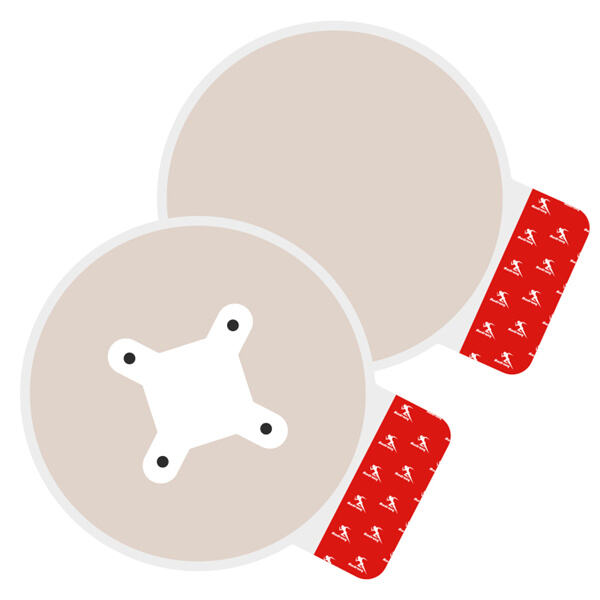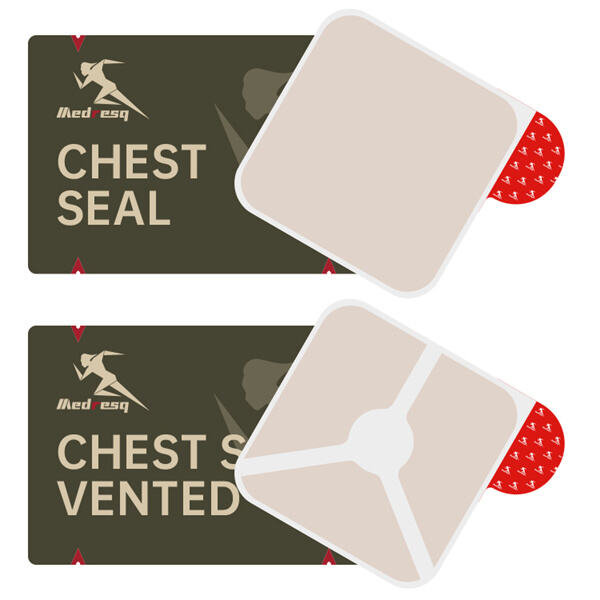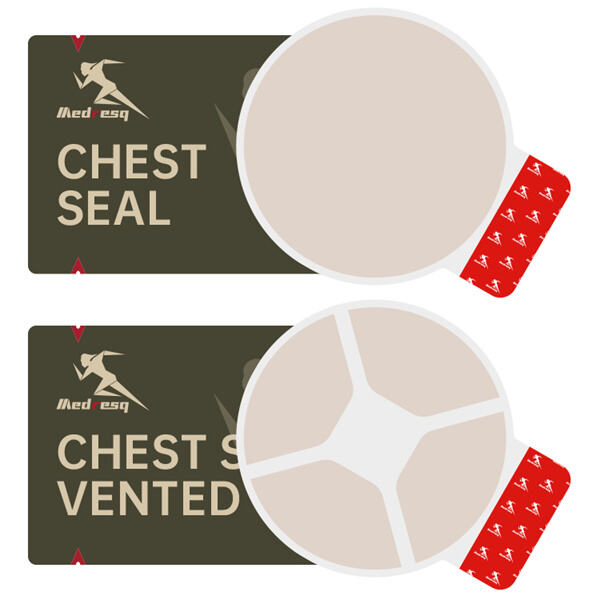Do you know what a pneumothorax is? It’s a big word but it simply means a lung has collapsed! That can occur if air enters the area between your lungs and your chest. Without prompt treatment, it can be highly dangerous as well as potentially injure someone badly. Imagine that you couldn’t take a deep enough breath because your lung was broken. So this condition and how to prevent it is a very important thing to learn about.
To assist in preventing a pneumothorax, you can use a special type of bandage known as a non vented chest seal. It is a kind of patch that can be applied to any hole or opening in the chest. It works by pulling air out of the lungs but preventing air from getting into the space between the lungs and the chest. This allows the lung to begin functioning once more, and the person to breathe easier.
When fighters fight, there is a chance for injury in various parts of the body but mostly around the thorax region. The area where the chest is located is one of the most crucial parts of the body, as it shields important organs such as the heart and lungs. A bullet — or a shard of a bomb, known as shrapnel — that strikes the chest can do catastrophic damage, including to the lung, which can then collapse. This can be life threatening, which is why knowing how to assist is imperative.
And that’s where chest seal venteds come into play. They are an important tool in soldiers' and medics’ first aid kit for those providing help to the injured on the battlefield. When they promptly apply a vented chest seal over a chest wound, it can prevent air from entering the cavity between the lungs and chest. This can save a person’s life by letting their lung function again without the risk of more air entering. When every second counts, using the appropriate tools can be the difference between life and death.

The first step to applying any vented chest seal is locating the injury. Check for damage or for torn or bleeding areas. Then remove any clothing that is over the injury so you can see it well. Then use a special solution to clean the area so it’s as clean as possible. This helps prevent infection. Then apply the vented chest seal to the injury and press down firmly on the edges to ensure it adheres well. Finally, monitor the person’s breathing closely and seek medical attention as soon as possible. It becomes necessary to keep watch on them to ensure their safety.

Soldiers and medics should always carry vented chest seals in their first aid kits. They also need to know how to use them properly. They will be able to save lives and make a difference when someone is injured — simply by being prepared. Knowing how to act quickly and use the correct tools can save many people from dying from serious injuries.

Three Crucial Layers of a Vented Chest Seal The first layer clings to the skin, helping the bandage stay put. The next layer consists of thick and absorbent fabric. This makes sense because it aids absorption of any blood or fluids that may leak out of the injury — being clean is essential. Its third layer is a unique plastic, which allows air to leave, however, it does not let air enter the chest. This is smart design, and it's what makes vented chest seals so effective at halting a pneumothorax.
Our cutting-edge production line, with over 15,000 square meters of non-sterile spaces and 1000 square meters of vented chest seal is designed to ensure the highest manufacturing standards.
With our precise testing techniques, modern production machinery, and a large inventory, we can guarantee reliable and top-quality emergency vented chest seal for a variety of applications.
We focus on producing top-quality medical emergency equipment, such as personal first-aid kits, medical supplies for military as well as vented chest seal which ensures reliability in difficult situations.
Our expert team vented chest seal tailored solutions and exceptional customer service. We are here to assist our clients with comprehensive emergency medical needs.